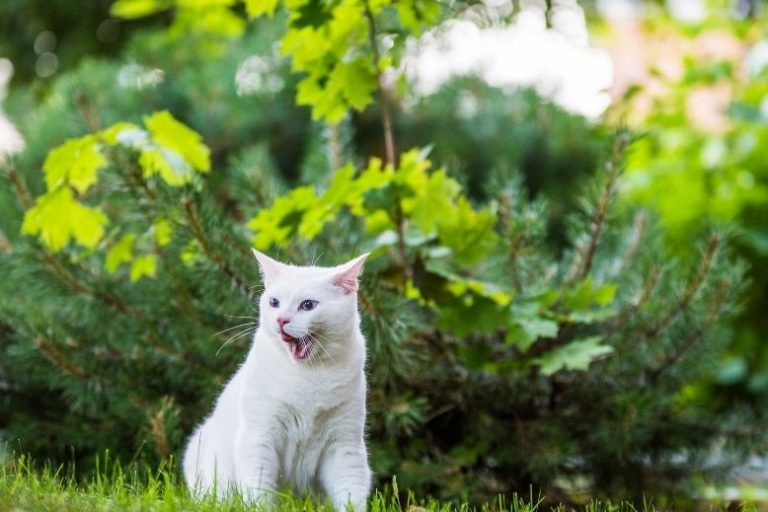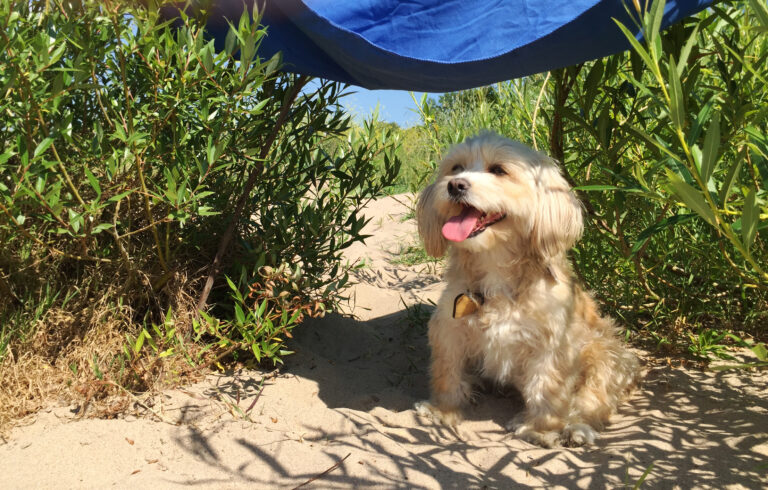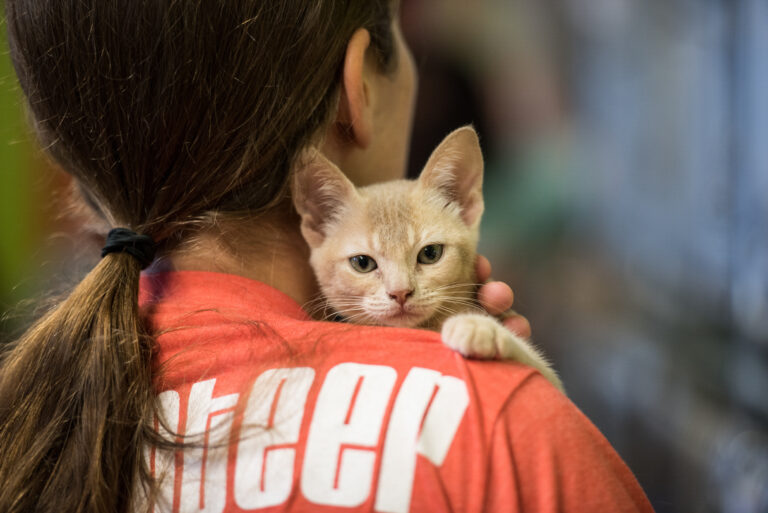Spring is a time of renewal and growth, with gardens blooming and homes filling with fresh flowers. While these colorful additions brighten up the season, many common spring plants and flowers pose serious health risks to cats. Curious by nature, cats often nibble on greenery, but certain species can cause mild to severe reactions—including vomiting, seizures, organ failure, or worse.
Knowing which plants are toxic to cats is essential for keeping your feline companion safe during spring. Here’s a guide to the most common dangerous plants, symptoms to watch for, and how to protect your cat from accidental poisoning.
Table of Contents
Why Are Some Plants Toxic to Cats?
Plants contain natural chemicals designed to deter pests and herbivores. Unfortunately, some of these compounds are toxic to cats’ sensitive systems. Ingesting leaves, stems, flowers, or even pollen can result in:
- Gastrointestinal upset
- Neurological symptoms
- Kidney or liver damage
- Cardiovascular issues
Cats are particularly vulnerable because they may not differentiate between safe and unsafe plants, especially indoor cats who don’t have access to outdoor grass and greens.
Top Toxic Spring Flowers and Plants for Cats
- Lilies (Lilium and Hemerocallis Species)
Lilies are one of the most dangerous spring flowers for cats. Even a small nibble of a leaf, petal, pollen, or drinking water from a vase containing lilies can cause acute kidney failure.
Common toxic lilies include:
- Easter Lily
- Tiger Lily
- Daylily
- Asiatic Lily
- Stargazer Lily
Symptoms:
Vomiting, lethargy, drooling, loss of appetite, increased thirst, and eventual kidney failure. Immediate veterinary care is crucial if ingestion occurs.
2. Tulips and Hyacinths
Both tulips and hyacinths contain toxic alkaloids, especially concentrated in the bulbs. Even small amounts can irritate a cat’s mouth and stomach.
Symptoms:
Drooling, vomiting, diarrhea, increased heart rate, and in severe cases, difficulty breathing.
3. Daffodils
Daffodils contain lycorine, an alkaloid that triggers severe gastrointestinal distress. All parts of the plant are toxic, especially the bulbs.
Symptoms:
Vomiting, diarrhea, abdominal pain, low blood pressure, tremors, and in some cases, cardiac arrhythmias.
4. Azaleas and Rhododendrons
These popular spring shrubs contain grayanotoxins, which can cause a variety of harmful effects if ingested.
Symptoms:
Vomiting, diarrhea, weakness, drooling, low blood pressure, and possible heart failure in severe cases.
5. Crocuses (Spring Variety)
Spring crocuses (not to be confused with the autumn crocus, which is far more toxic) can still cause mild gastrointestinal upset.
Symptoms:
Vomiting, drooling, diarrhea.
6. Foxglove
Foxglove contains cardiac glycosides, compounds that affect heart function.
Symptoms:
Vomiting, drooling, irregular heartbeat, weakness, seizures, and possible death if untreated.
7. Sago Palm
Though not typically associated with spring flowers, sago palms may be used as decorative plants in warmer months. Every part of the plant is toxic, particularly the seeds.
Symptoms:
Vomiting, diarrhea, liver failure, seizures, and death.
General Signs of Plant Poisoning in Cats
Regardless of the plant, if your cat ingests a toxic flower or leaf, symptoms may include:
- Vomiting or retching
- Diarrhea
- Drooling or foaming at the mouth
- Loss of appetite
- Lethargy or weakness
- Tremors or seizures
- Increased thirst or urination
- Difficulty breathing
Immediate veterinary care is essential if you suspect plant poisoning. Bring a sample or photo of the plant to aid diagnosis.
How to Keep Your Cat Safe During Spring
1. Remove Toxic Plants from Your Home and Garden
Opt for pet-safe alternatives like spider plants, Boston ferns, or cat grass. Always check if a plant is cat-safe before bringing it into your home.
2. Secure Outdoor Spaces
If your cat has access to a garden, inspect the area for dangerous plants. Removing or fencing off toxic flowers like lilies, daffodils, or azaleas can reduce risk.
3. Avoid Floral Bouquets with Toxic Flowers
Many common floral arrangements contain lilies, tulips, or other harmful plants. Ask florists specifically for cat-safe bouquets when ordering flowers.
4. Provide Safe Greens for Grazing
Indoor cats often chew on plants out of boredom or curiosity. Offer safe alternatives like catnip, cat grass, or valerian plants to satisfy their grazing instincts.
5. Educate Friends and Family
If you receive flowers or plants as gifts, check their safety. Politely inform visitors and gift-givers about which plants are unsafe for cats.
In Conclusion

While spring’s blooms are beautiful, they can pose serious risks to your cat’s health. Being aware of common toxic flowers and plants—and taking steps to remove or avoid them—ensures your cat enjoys the season safely.
By choosing cat-friendly plants and creating a secure environment, you can embrace the joys of spring while keeping your feline companion happy, healthy, and out of harm’s way.







